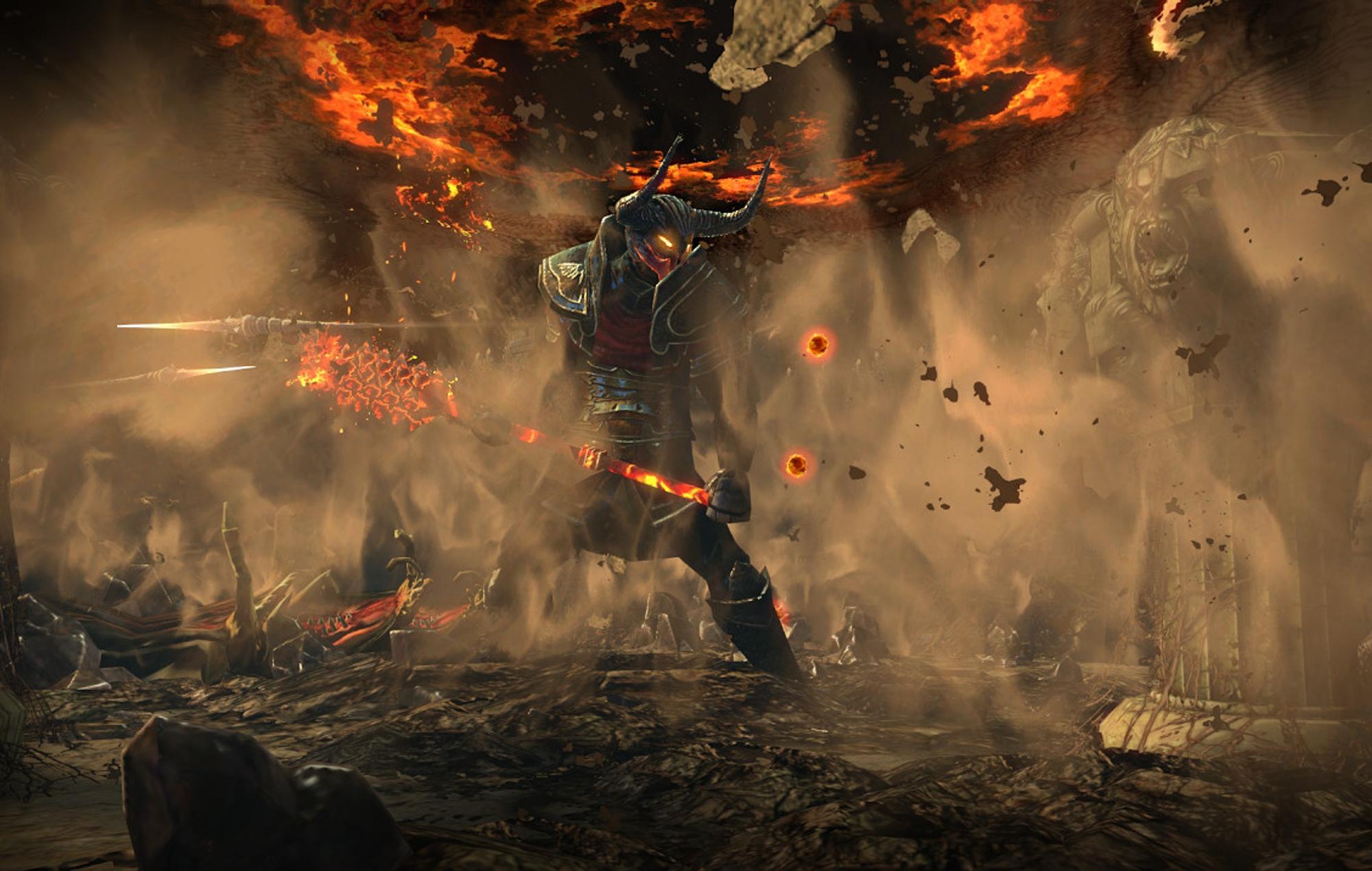In Path of Exile version 3.26, action speed continues to play a central role in shaping how characters feel and respond in combat. It affects how quickly players can attack, cast spells, move, and recover from control effects, making it a key factor in gameplay fluidity. However, many players have noticed that action speed reductions, often referred to as "slows," appear in so many forms and are so potent that they can sometimes disrupt the flow of combat PoE 1 Currency. These mechanics, while intended to add tactical depth, can occasionally feel overwhelming or frustrating.
Slows come from a variety of sources including monster abilities, map modifiers, area effects, and debuffs such as Chill, Temporal Chains, Petrification, or environmental hazards like chilled ground and drowning orbs. In endgame encounters, bosses and tough monster packs frequently combine multiple slows, stacking them to significantly reduce attack, cast, and movement speeds. While this increases the challenge and requires players to react strategically, it can also make gameplay feel sluggish and less responsive, particularly for builds that lack natural mitigation.
Certain ascendancies and passives, such as Trickster, Juggernaut, and Occultist, provide partial or full immunity to some of these slow effects, giving players ways to maintain a smoother combat rhythm. This creates an interesting dynamic where some builds can almost completely bypass slows, while others are heavily impacted, leading to uneven experiences across different playstyles. Developers have also implemented diminishing returns against rare and boss monsters to prevent them from being slowed below 50% of their action speed, but even with this safeguard, frequent application of slows in high-level content can still feel restrictive.
The widespread presence of slows influences player decisions, often pushing them to invest in slow resistance at the expense of offensive power or creative build choices. While some players appreciate the tactical challenge that slows provide, others feel that the sheer number of effects reduces flexibility and smoothness in gameplay. The key issue seems to lie not in the concept of slowing itself, but in clarity and counterplay. When slows are difficult to anticipate or lack obvious ways to counter them, they can feel unfair rather than strategically engaging.
Community feedback has highlighted the importance of clear visual indicators and accessible mitigation options to keep slows from becoming a source of frustration. Providing players with reliable ways to manage these effects helps maintain the intended challenge without compromising responsiveness. Developers continue to explore ways to make slows meaningful, ensuring that they contribute to tactical decisions without unnecessarily slowing down gameplay.
While action speed reduction adds a layer of complexity and strategy to Path of Exile 3.26, its current prevalence can sometimes hinder the natural flow of combat. Striking the right balance between challenge and responsiveness remains a core design concern buy PoE Currency. Ongoing dialogue between developers and players will be crucial to refine these mechanics, ensuring that slows enhance the tactical depth of the game while keeping combat smooth, engaging, and satisfying.
